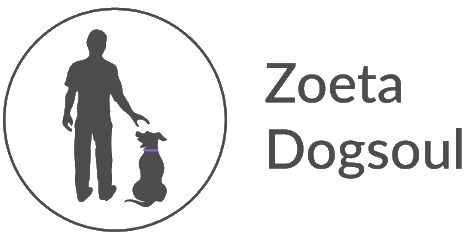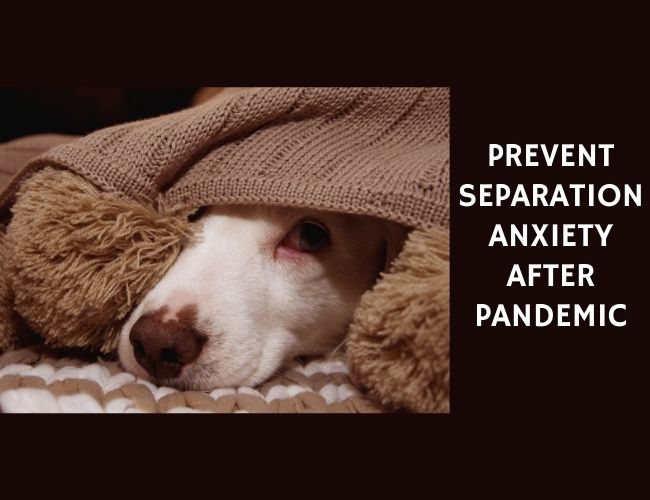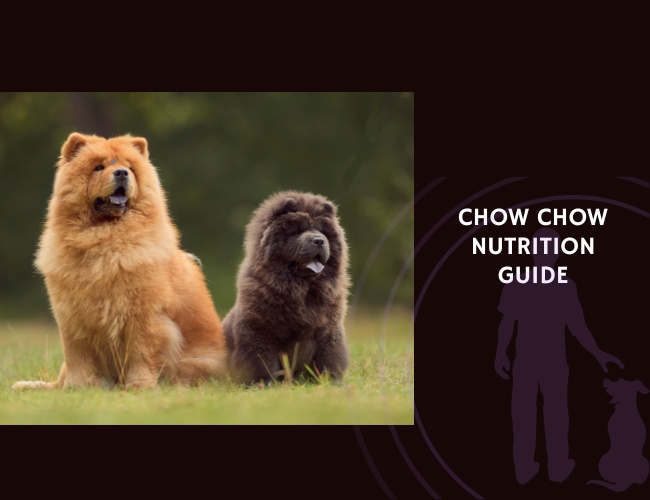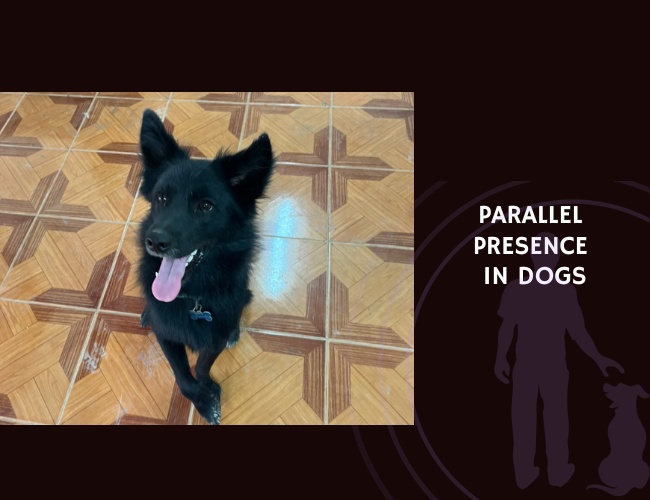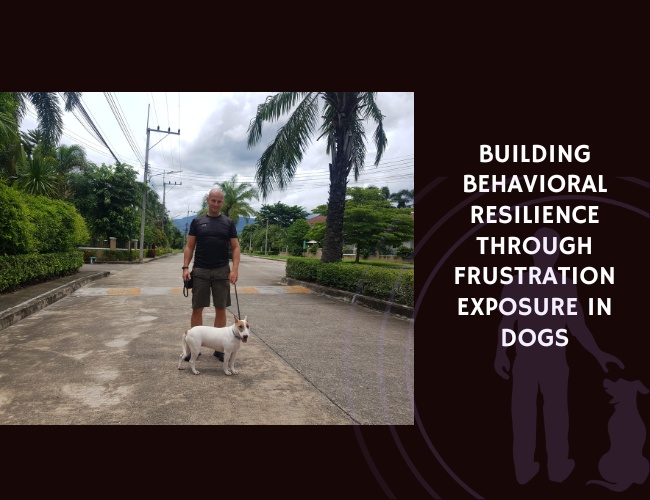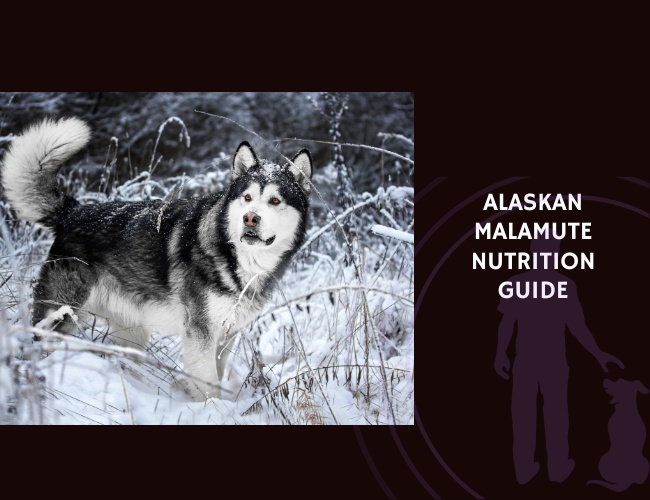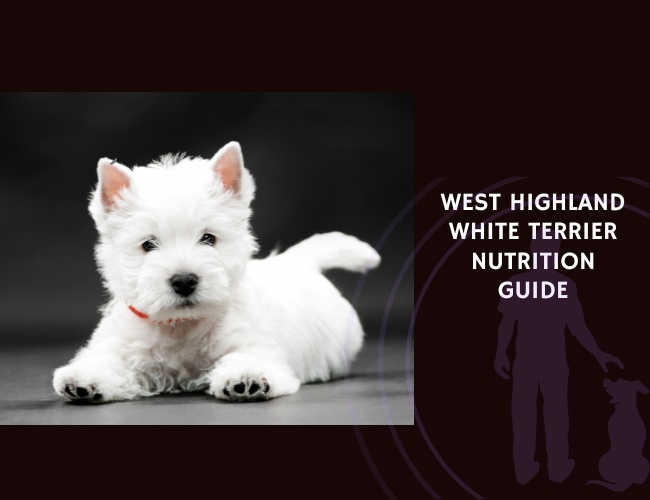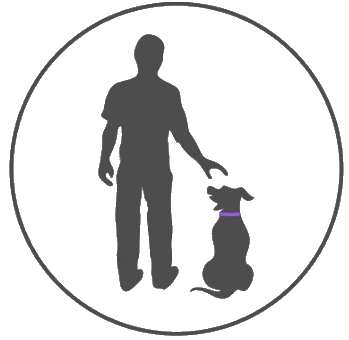Our dogs are family members, and during the pandemic, many dog owners were home with their dogs more than ever. Spending as much time together as possible can strengthen the bond between humans and animals, deepen the relationship with our dogs, and bond dog owners in ways we never expected. One prediction we can make, however, is that when we return to work and life outside the home after this period of constant connection, our dogs are at risk of developing or showing signs of separation anxiety.
What is separation anxiety?
Separation anxiety means that the dog feels fear or perhaps even panic when separated from their humans. The most common signs of this disorder are vocalizations, salivation, destructive behavior, especially at exits such as windows and doors, urinating or defecating in enclosed spaces/unwanted places, anorexia when alone, self-injury such as licking or chewing when alone, and escape attempts or successful escapes.
In severe cases, dogs may even break through fences or windows, chew through walls or doors, and engage in other dangerous behaviors when stressed. Often, signs of apprehension such as stomping, panting, jumping on the owner or seeking attention, preventing areas where the dog is confined, or attempting to escape begin when the owner begins to prepare to leave the house (brushing teeth, getting keys, tying shoes, etc.).
If your dog shows any of the signs listed here, you should notify your veterinarian immediately. A medical diagnosis is required to confirm separation anxiety. The good news is that there is much we can do to prevent separation anxiety and treat it when it occurs.
How can I meet my dog’s needs?
Dogs have their needs met on a daily basis to stay physically and mentally healthy. At the top of the list, of course, is proper nutrition, treatment and grooming of the dog. Some other important daily needs of dogs:
- Protection from unnecessary stress or anxiety.
- Exercise (even for cats!), consisting of an individual maximum speed at least once a day
- Psychological stimulation (including foraging, training with positive reinforcement by building skills you want your dog to master a little each day, structured games, solving puzzles, social interaction, trying new environments).
- Social interactions with family members.
- Time for quiet and alone time (as long as this does not cause anxiety).
It is very important to develop a routine that includes preparation for the daily needs of the conference animals. Routines create predictability, which helps life feel more stable and less uncertain. Stability reduces anxiety for both people and animals. It can be difficult to maintain routines such as daily walks, play and rest times, work, and meals during the pandemic – for both people and dogs. Routines don’t have to be strict, meaning the same activity at the same time every day, but they should be regular and allow time for each activity every day. Keeping a routine can help prevent separation anxiety when the family spends more time away from home.
How can I tell if my dog is showing signs of tension?
Typical body language signs of tension in dogs include: Refusing business, roughly accepting business when it is normally mild, dilated pupils/dilated eyes, furrowed eyebrows, ears held down or to the side, pacing up and down, panting when not hot, getting loose when not wet, licking lips when not fed, yawning, when it is not tired, turning away from stressors, tail tucking or retracting, keeping head low, looking away or walking away, being extremely anxious, seeking attention (jumping, pawing, licking), being restless (unable to calm down), moving slower than usual, tense muscles, trembling, and vocalizations.
The body movement of tension is emphasized here because any training program to prevent or help with separation anxiety must not be stressful for the animal. This means keeping it “below threshold.” Threshold is the stage at which an animal reacts to something. For example, imagine that two dogs are 20 feet apart. One dog moves better, and when the distance is 10 feet, the other dog starts barking. The barking dog’s limit of not reacting to the approaching dog was 10 feet at that moment, and the barking dog is now “over the limit” and needs help to calm down again.
“The body language of stress is discussed here because any training program should be kept trouble-free for the animal.”
In the exercises in this manual, “below threshold” means that the animal shows none of the above signs of tension and is willing to participate. Never intentionally put the animal in a difficult situation. Forcing a learner to face his or her fears is called flooding. This can trigger psychological damage that is sometimes difficult or impossible to reverse, and is too risky to include in training and behavior modification exercises.
How can I teach my dog to be independent?
Teaching dogs to be on their own without being extremely attached to a specific person can help them learn to adapt to changing schedules and lifestyles. This is called independence training, and it teaches the dog to be comfortable when the owner is away and to relax without having to follow the owner every move. This can minimize the risk of extreme incidentals.
Some types of independence training are explained below.
Time Out.
Schedule a time during the day when your dog can nap or relax without owner intervention. Provide a chew toy, food dispenser, stuffed treat or meal at the desired time-out location. Tying or anchoring the food dispenser can be helpful to encourage your dog to stay in one place and prevent him from following you while you bring him the treats.
When your dog is comfortable, simply give him the distraction/reward device and continue with your activities. If your dog exhibits the body movements described in the table above, stop the exercise and start more slowly.
When your dog is accustomed to your presence and shows signs of concern, begin to build up the time-out training by staying with your dog near the time-out mat, bed, etc. Calmly encourage it to play with the food toy, or reward it with small items of low to medium value if it stays on the mat. Training must be kept short enough and at a sufficient distance so that your dog does not show signs of stress (stays “below threshold”). Over time, both the distance between you and your dog and the duration of the exercise can be increased without the dog exceeding the threshold.
The time-out exercise helps establish and maintain the habit of staying alone and engaging in calm, relaxing behaviors without your companion.
Go to Place.
Go to Place is hands-on training that teaches the dog to leave and settle and stay in a specific place such as a mat, bed, crate, room or enclosure. Go to Place has many helpful applications and is also part of independence training.
Design: Think about what to do next to get a treat and develop this skill in small steps.
Shaping is a great way to teach new skills if the learner is happy with the training and the owner has the stamina. Shaping is similar to the game of “cold and hot” that many children play. A complicated skill is figured out by moving toward the goal in small steps.
Set up your workspace as described above.
Stand in a relaxed, neutral position near the target location. Look at the site, but do not make eye contact with your animal so it can move freely and experiment. Observe your dog’s behavior and watch for any of the following:.
Taking a look.
- Turning its head toward the location.
- Taking 1 action in the direction of the location.
- Performing several actions in the direction of the place.
- Leaning over a place.
- Smelling the place.
- Touching the place with a paw or nose.
Each of these “guesses” is “hotter” and closer to the “go to the place” skill! Give each of them a treat. Consider rolling or throwing the treat to encourage the student to try again.
Having trouble? Reduce and accept smaller steps. It’s never wrong to reward a small action! But withholding achievement in anticipation of a leap in understanding can lead to problems.
No drama and no parting sounds.
Especially if we’ve stayed home most of the time and rarely left the house, we send a clear message to our animals that we plan to leave by signals like lacing up shoes, picking up a wallet or purse, or jingling car keys.
If you are stuck at home, pick up your keys once in a while. Put on your running or work shoes, even if you’re not going anywhere. Then stay home and enjoy a movie or cook dinner. Try not to associate certain actions and activities with rarely leaving the house. The goal is to prevent an association in the animal between absence signals and feelings of anxiety about being alone. Applying these strategies to animals without separation anxiety can help prevent it from occurring in the future – especially now, when our routines may be undergoing major changes.
” Try not to associate certain actions and activities with leaving the house infrequently.”
Don’t create drama when preparing to leave the house, and the same goes for returning. Be calm, reassuring and relaxed. Sad behavior when leaving home, lots of attention when leaving home, and a big celebration when returning can be associated with increased anxiety in the dog about being alone.
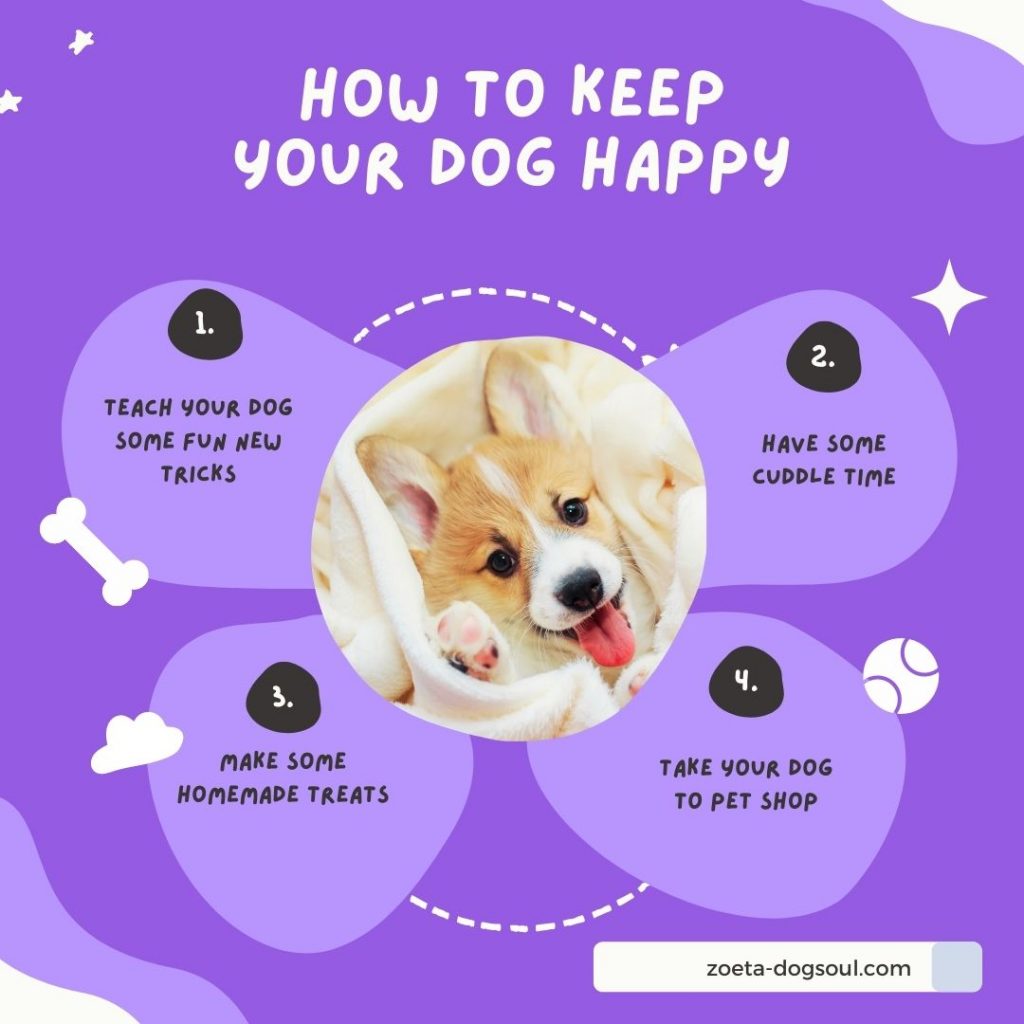
Separation exercises.
Separation exercises can be used to determine if the dog is comfortable being alone. Initially, separation exercises can be as short as a few seconds. Separation exercises are a great way to teach dogs that the owner leaving means something good is coming their way.
Choose a place where your dog will be safe, such as a crate, a room with a baby gate, a bed in a dog-safe room, etc. Smile, and give our stay signal. Now go out of sight and come back to your dog immediately to reward his waiting. Increase the distance and time until you return.
Longer distances.
If you are unsure if your dog is comfortable alone, a camera is a great tool to check on him. Electronic home security cameras, baby monitors, cell phones, cameras and other devices can monitor your dog while you are away. Just make sure the device is turned off and the video is playing. Check on your dog remotely or watch the video when you return. Start with a minute or two, then slowly increase to longer and longer separations.
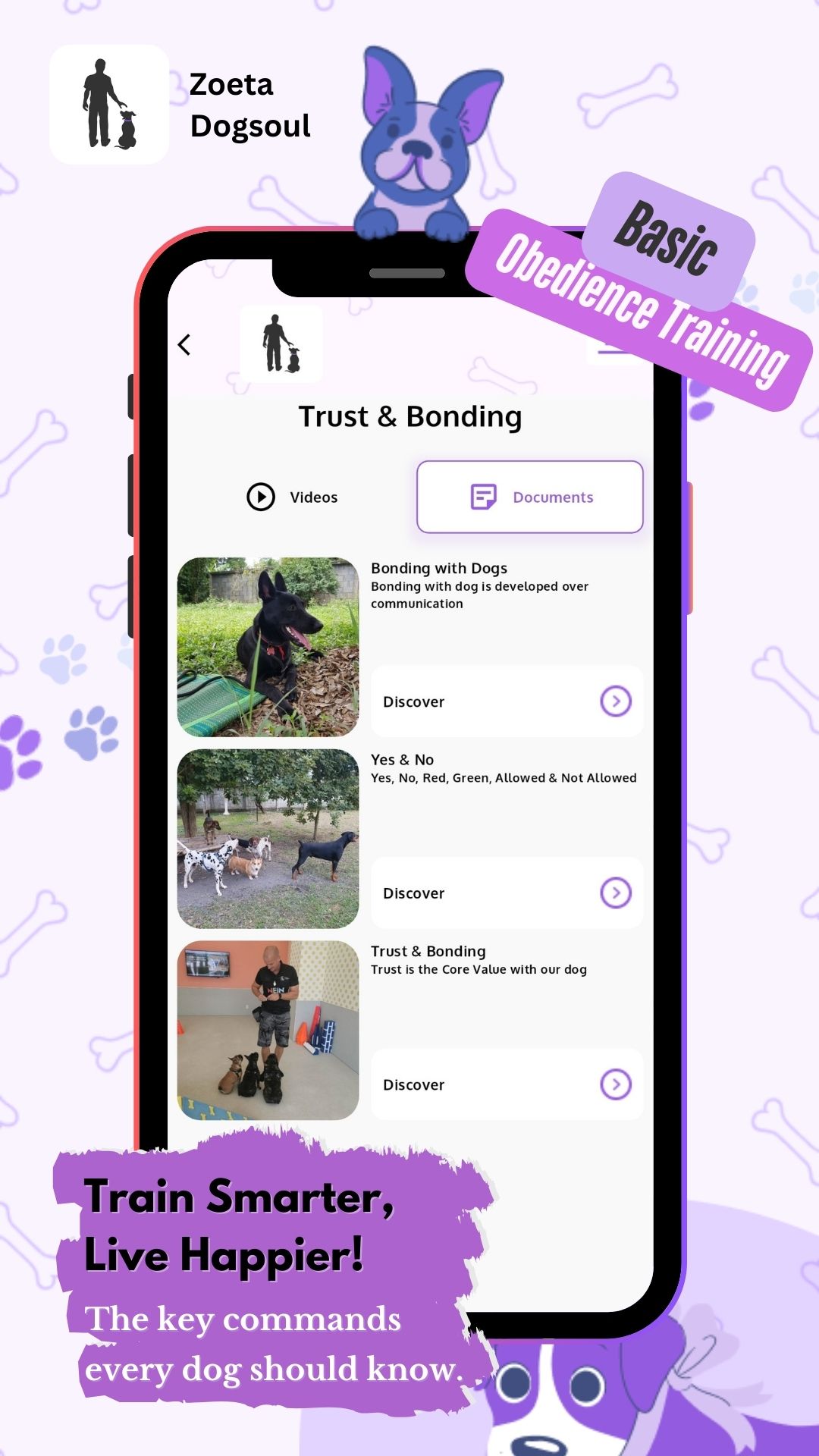
What can I do if separation causes anxiety?
If you are concerned that your dog is struggling with separation anxiety, contact your veterinarian. Observe your dog’s reactions, such as signals to leave, provide videos of what happened when your dog was alone, and keep a diary of your dog’s behavior. All of this information will help your veterinarian make a diagnosis, if necessary. Avoid leaving your dog alone while you wait for your visit. Dog walkers, day cares, dog sitters, safe outings with the owner, working from home – all of these are emergency alternatives while you work toward a medical diagnosis.
“If you are concerned that your dog is struggling with separation anxiety, contact your veterinarian.”
Separation anxiety is treatable. Typically, treatment includes the use of medication, management (NO separations or going it alone, at least for the first few weeks of treatment), independence training, and an exceptionally progressive program of safe goodbyes. With the support of professionals, families have the best chance of helping their dogs reduce signs of separation anxiety and achieve a safe, good quality of life.
Get your Dog Boarding in Chiang Mai, Dog Training in Chiang Mai & Dog Training in Bangkok today.
